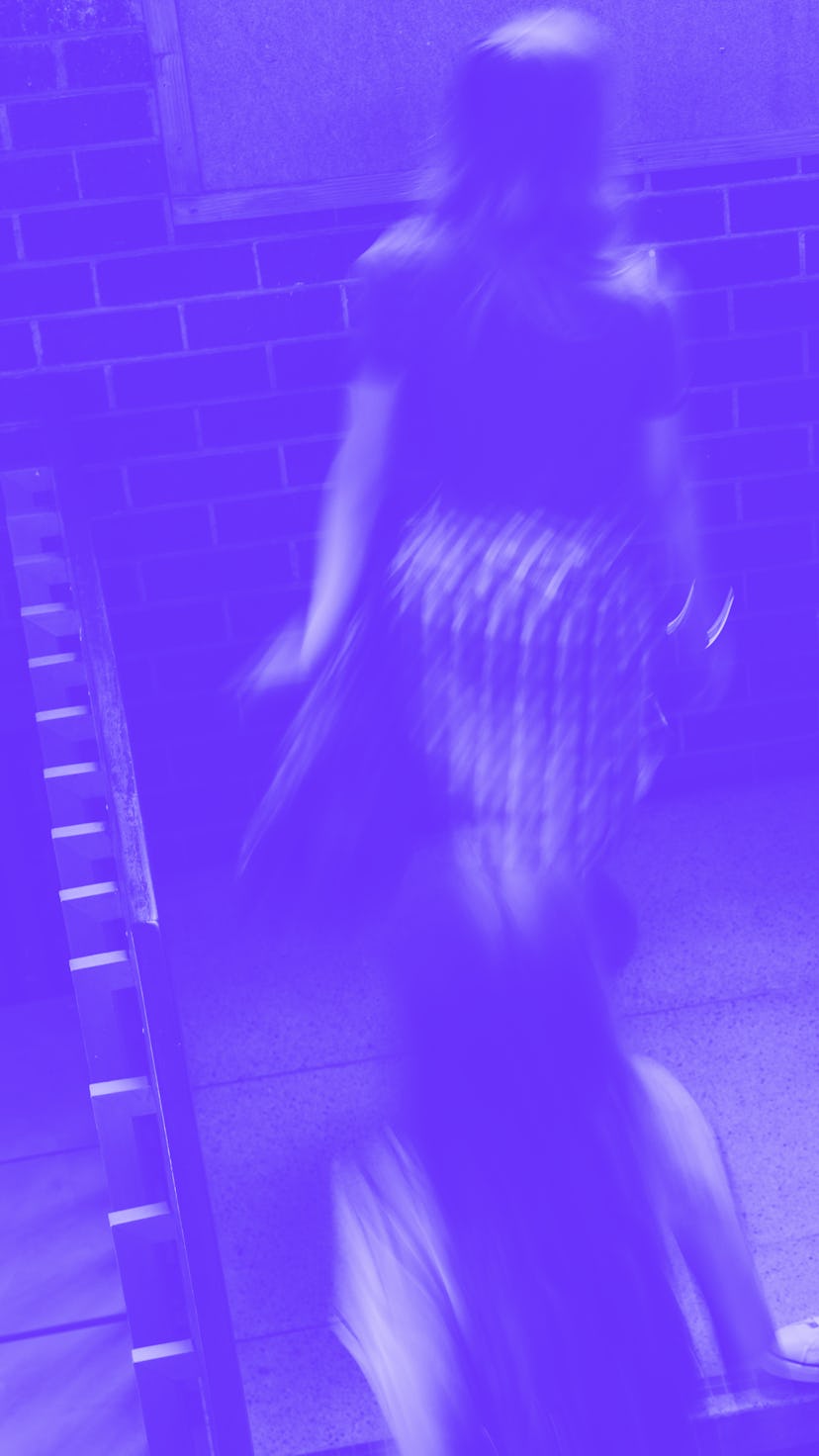Culture
TikTok people-watching videos straddle the line between funny and creepy
The genre, popularized on college campuses this fall, pairs videos of oblivious strangers with fake descriptions of their innermost thoughts

On a sidewalk on the Baylor University campus, Alexis and Matt, both 19, raise their arms to stretch.
Earlier, Matt saw a TikTok that said girls are attracted to happy trails and has been trying to discreetly get his shirt to lift. Alexis, meanwhile, is mimicking his gesture in an effort to make him attracted to her — a tactic she learned in her psychology class that week.
The scene, though plausible and quite funny, is fake. The characters’ names, ages, and thoughts are completely made up by the faceless admin of @fakepeopleofbayloru, a TikTok account that combines people-watching with imaginary stories. The actual identities of the two people in the video, whose odd exchange of body language has been viewed 9.6 million times, are not revealed.
Baylor isn’t the only campus adding wild, made-up backstories to unknowing subjects. As students returned to college this fall, many for in-person classes, “fake people” TikTok accounts emerged, all telling goofy stories about oblivious strangers.
The internal deliberations of characters turn banal clips into dramatic stories. In one video taken at the University of Massachusetts Amherst, “Julia” and “Molly” are said to have made plans to go to the gym with a mutual friend. They arrived outside her dorm at the same time, but they are “horrible at small talk.” Molly is debating pulling out her phone to play Subway Surfers but she’s not sure if that would be weird. Over 9.3K people liked it.
The algorithm
Though some accounts are devoted to general locations, such as the cities of Chicago and Boston, most are reserved to college campuses — a breeding ground for social media trends. The ever-mysterious TikTok algorithm seems to factor geographic location into its For You Page, feeding users “fake people” videos taken at nearby universities. On a post from the @fakepeopleoftoronto account, one of the top comments reads “the algorithm knows im in toronto rn.”
Hannah Lee, a freshman at UCLA, told me over the phone that she started seeing UCLA-related TikToks once she got on campus in the fall. She also started seeing fake people accounts for other schools. With the help of fellow UCLA freshman Oishi Bhattacharya, she started an account of her own: @.fakepeopleofucla. “I started looking around campus for beautiful moments that I could capture,” she said. “There’s so much about our campus to appreciate, and people on TikTok really resonate with videos of strangers doing normal things.”
She wants to respect the privacy of the people she films.
“People on TikTok really resonate with videos of strangers doing normal things.”
“I take videos from the side or behind so that you can’t easily identify anyone, and I also make a point to avoid videos where people are doing things that are embarrassing,” she says. “Personally, I would not want the world to see me crying or falling.”
Though most videos are taken from far away so the subject is unrecognizable, others show enough of a subject to make them easy for acquaintances to identify. While it’s generally not illegal to film strangers in public places without their consent, critics find the practice eerie and invasive.
The ubiquity of the trend would be unimaginable before the days of smartphones. Without any warning, the anodyne moments of random people — crossing the street, eating chips, making coffee for a Starbucks customer — are paired with fake stories and broadcast to potentially millions of eyes.
Some of the stories are less than flattering, describing bad grades, relationship drama, reckless spending, and rejection. In a video, one student quipped that the @fakepeopleofwvu, an account focused on West Virginia University, made her “terrified to walk on campus” and the top comments on a video from Toronto read “no i’m scared i’m gonna be in this” and “wearing my best fit everyday in case I get featured.” Catherine Hurley, an assistant editor of the Massachusetts Daily Collegian, wrote in a column that the practice “should not be acceptable” and that the account admins should “stop relying on strangers for [their] content.”
Despite the ethical concerns, internet culture continues to illustrate our natural inclination to people-watch (even from a screen) and the growing acceptance of recording strangers. It seems the paparazzi is for everyone, now.
Still, viral “fake people” videos only emerged this semester, perhaps fueled by the months students spent cooped up taking online classes, and TikTok trends come and go quickly. The ultra-personal fake stories will inevitably grow stale — maybe they’ve already started to.